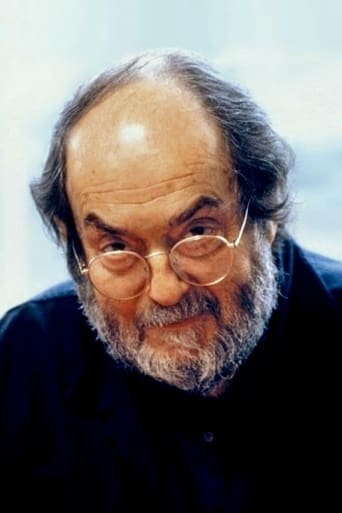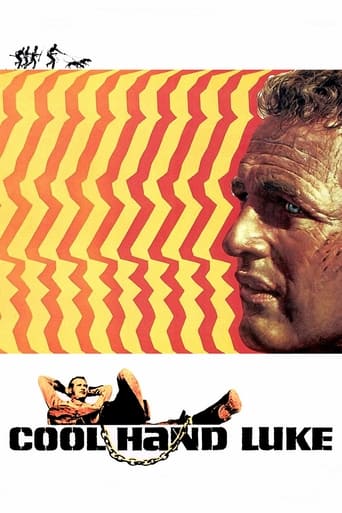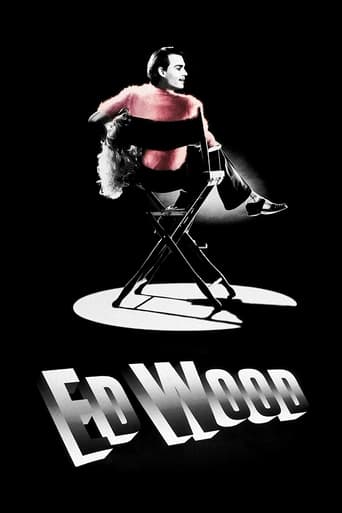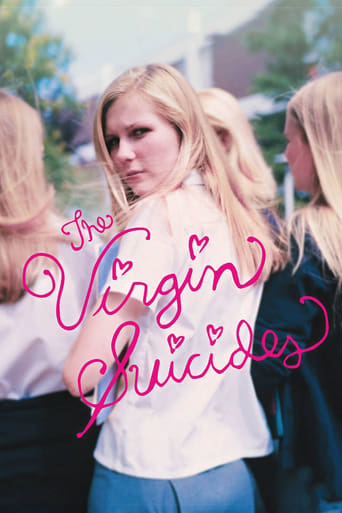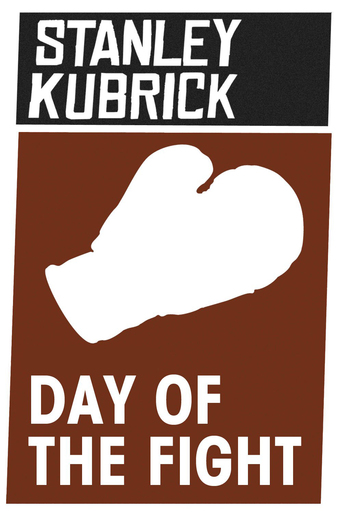
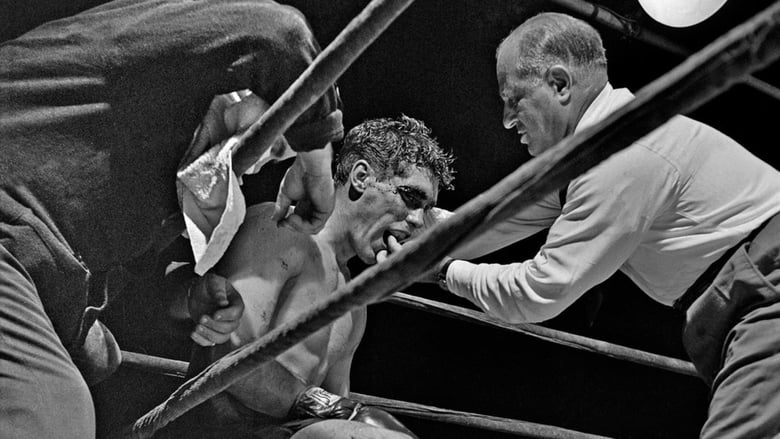
Day of the Fight (1951)
'Day of the Fight' shows Irish-American middleweight boxer Walter Cartier during the height of his career, on the day of a fight with black middleweight Bobby James, which took place on April 17, 1950.
Watch Trailer
Cast
Similar titles

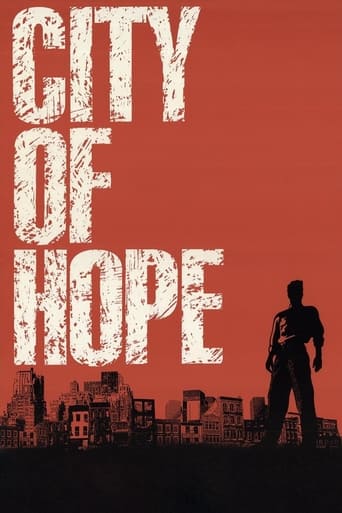
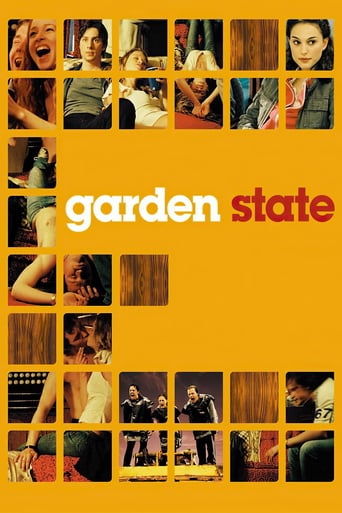

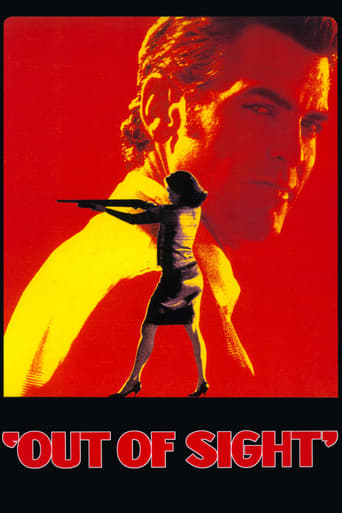
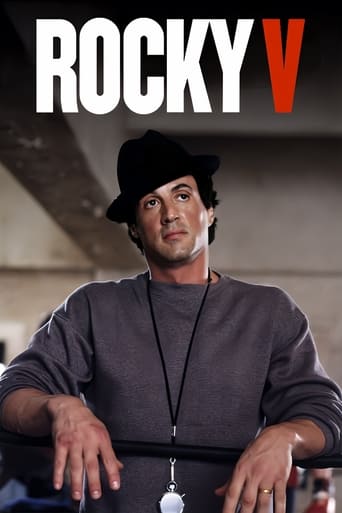
Reviews
Wow! Such a good movie.
Simply Perfect
The best films of this genre always show a path and provide a takeaway for being a better person.
The storyline feels a little thin and moth-eaten in parts but this sequel is plenty of fun.
It's always interesting to go back to the beginning of a director's career, in this case Stanley Kubrick's, and take a look at his earlier work. Day of the Fight just happens to be the first film by now legendary director Kubrick who is widely regarded as one of the best contemporary directors ever. This film is around about 15-20 minutes long and revolves around the build up to a boxing match the study of the build up will revolve around.Interestingly enough and perhaps the most interesting thing about it is that it was inspired by a photograph Kubrick himself took for a 1949 edition of a magazine. This could be seen as an early example of suspense, with constant reference to the boxing match and its importance made through narrator Douglas Edwards, a good casting for the serious and deep voice the film required. As a short, it works and the suspense and build up maintains some sort of interest as the montage plays out. Kubrick includes all sorts of shots and angles creating the nice range for the eye, my favourite being the low angle on the statue of Mary in the church about half way through.But the focus could well be the fight itself. There is some good camera work to be had out of the actual match and a low angle between a boxer's legs would later be used by Kubrick in Killer's Kiss, another early Kubrick film. I actually would have liked the boxing match's result to have been the other way around as I feel it would've added a new dimension to the short, a sort of anti-climatic spin that might've worked well. But that said, it's worth seeing if for the match itself and the chance to see where it all started off for the great man.
i had this movie for many months in my pc, i am die hard fan of stanley kubrick and i am always fascinated by him but something really not interested me to watch this movie mainly because of the bad print i had, recently my pc got overloaded with lot of storage so i was going through files so that i can delete and maintain freespace so in that kind of situation i saw this movie, i was amazed by the way it was made by that time; that too with that kind of budget, since i want to delete i watched it again, now i am in dilemma whether to keep it or delete it because i feel multiple viewings will help me a great deal in my profession bec i too come from same profession, i think you understand how good it is.we can clearly understand that the filmmaker wanted to explore the details about boxing for which he cleverly used point of view method bec only the persons involved immersely in something will know the pros and cons of that thing so it is a clever move to go that way.this is a docu drama but at the same time the central character is the real person as depicted. the detailing and the way they shot was mindblowing but it will be exciting only when you see from that point of time where film-making is a difficult task.the style of this film is very similar to stanley kubrick's another film called the killing which released after this movie like in the voice of the commentator, lighting, camera angles, music, etc.., this is not a positive movie about boxing and at the same time it is not negative too, this is a truthful movie about boxing and boxers.there are chances that this movie can be a great influence with martin scorsese for his film raging bull, even though that is a true story as this is too, film-making might have influenced from this movie but if that is true you must understand what a great thing it is to get influenced for 70's movie from 50's movie; that is stanley kubrick.
The first short film by Kubrick, it follows a boxer through the day-long wait for an evening fight.I watched this out of interest as I watch the majority of Kubrick's films. However this is the only appeal that I can see for watching this.The short follows the boxer through his routines on the day, the heavy narration talks us through the whole thing. In theory the short is meant to give us an insight in the boxer's thoughts and feelings however it really only shows us what he eats and who he talks to.This is interesting if you are a Kubrick completist but other than that it is of limited appeal.
"This is a fight fan. Fan: short for fanatic" (first lines).While Stanley Kubrick was working for Look Magazine back in the late '40s and early '50s, he came across a photo shoot of a boxing match involving a Walter Cartier. The article, entitled "Prizefighter," was published January 18th, 1949. A year later, Kubrick contacted Cartier, asking him if he would like to be in a short documentary for the declining RKO-Pathé. Cartier agreed, and Kubrick began, in 1950, with what would become his first film ever.The story itself is told in three parts (much like the later Full Metal Jacket [1987]), which take up about 5 minutes apiece. The dialogue, spoken by veteran newsman Douglas Edwards, is very noir (example: "It's a living. For some, not much of a living.") The first part regards boxing and the fan. It portrays the walks of life boxing comes from. It ends when Natt Fleischer, a boxing historian, is shown looking through a book of boxing statistics. Kubrick's photojournalistic upbringing is showcased here; the framing of the book is done in a nice, storytelling style. Kubrick obviously knows what he's doing here. We then spotlight one particular boxer in this book: Walter Cartier. The second and third parts are dedicated to a single day in his life: the day of a middleweight fight (April 17th, 1950). The second part is his life leading up to the fight (from 6:00 A.M. to the arrival at the arena at 8:00 P.M.) It's a nice sequencing of events, beginning with a shot of a program attached to a pole advertising the fight (a shot we will see again in Killer's Kiss [1955]) and then showing Walter himself. It shows him waking up, going to communion ("in case something should go wrong tonight,") eating breakfast, undergoing his health examination, playing with his dog. As the fight draws near, we see the "long last look in the mirror" as Walter examines his face. The sequence will be perfectly transcribed to Killer's Kiss (1955) in a few years. The third part (from 8:00 P.M. to the fight at 10:00 P.M.), begins when Walter arrives at Laurel Gardens. The main focus is on the "big wait." We see the transformation Walter undergoes from normal man to fighting machine. We see his opponent, Bobby James, for a few seconds. When Walter finally goes to the ring, we reach the real action of the short. The fight (which is less than a round and was shot live) is brutal, and seems to be echoed repeatedly in Scorsese's Raging Bull (1980). If you look closely during the fight, you can see men standing at ringside with cameras. These are most likely Kubrick and assistant director Alexander Singer (who was later assistant producer for The Killing [1956]). As the fight reaches the KO, the camera focuses on crowd reaction (one shot is of Singer's fiancée, for whom Kubrick did wedding photography). When the fight is over, and all is said and done, the 16-minute short concludes with "For him, it's the end of a working day." Music swells, the end.Everything that could go well about this film did. The story is excellently planned out, the narration is full of emotion and energy, the music is terrific (Gerald Fried, who met Kubrick through Singer, would go on to do the music for Kubrick's first four feature films) and Cartier and entourage are people with whom one can connect (although none of them, excepting the ring announcer, has a single line of dialogue). I have seen this film multiple times, and I plan on seeing it many, many more. I recommend this film to any fan of boxing, documentaries and expecially hardcore Kubrick fans (that is, if you can get your hands on it). This films gets a 10 out of 10.
